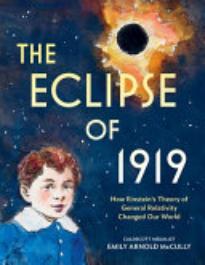2018 School Spending Survey Report

 McCully, Emily Arnold
McCully, Emily Arnold
The Eclipse of 1919: How Einstein’s Theory of General Relativity Changed Our World
We are currently offering this content for free. Sign up now to activate your personal profile, where you can save articles for future viewing.




